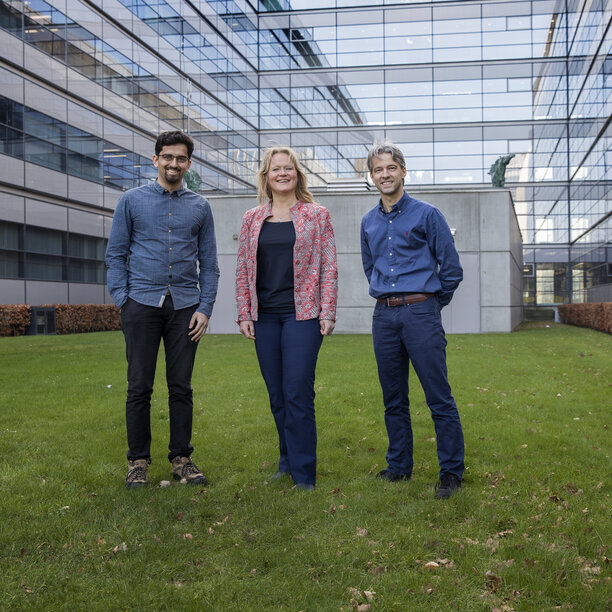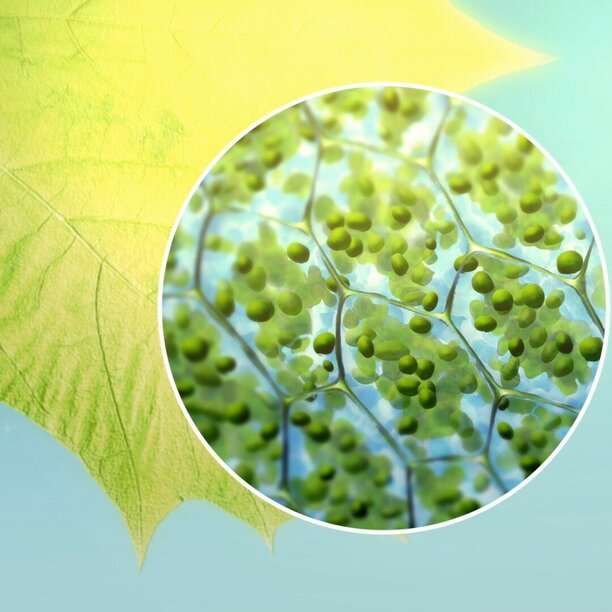This interview reveals aspects of the Chemical and Process Technology cluster's work in the area of membrane materials and processes (Professor Kitty Nijmeijer), micro flow chemistry and synthetic methodology (Associate Professor Timothy Noël) and the numerical and experimental study of particle transport in fluids (PhD candidate Rohit Maitri).
TU/e is clearly a leading university in Chemistry and Chemical Engineering. Would you recommend TU/e to other academics looking for research opportunities?
Kitty: “The combined focus on processes and materials makes TU/e the place to be in our field. Furthermore, our lab facilities are among the best in the world. Eindhoven is also a great place to live and the university is well run and offers its staff ample opportunities to develop their careers. The most exciting thing for me is that our students will live in a true circular economy where fully closed-loop recycling is the most normal thing in the world. Chemistry, and our unique flavour of applied chemistry and technology in particular, will make that possible. What could be more rewarding for a research scientist and teacher than being involved in something as important as the sustainable future of our planet? This is what TU/e is all about.”
Timothy: “As I said before, I came to Eindhoven because it is the leading centre for the type of research work that inspires me. I think the mentality of the people in the Netherlands, and in Eindhoven in particular, has a lot to do with that achievement. I’ll never forget seeing a Dutch Olympic competitor crying bitterly because she only won a silver medal. A Belgian, and most other nationalities for that matter, would have been overjoyed. This typifies Eindhoven for me: we want to be the best and work hard to get things exactly right. So I would add the mentality of Eindhoven into the mix of excellent facilities and the close links with industry. It’s definitely the right place for socially committed scientists who want to make a difference.”
Rohit: “I came to Eindhoven because Hans Kuipers is quite simply the best in his field. So I would also recommend TU/e to colleagues because of its professors, as well as the facilities and close links to industry. Another point I would mention is the ready availability of funding, in stark comparison to universities in many other countries: I was fortunate enough to be accepted for a combined public-private research programme.”



